At Gallagher, we often receive unique requests for challenging projects, and customers who might be intimately familiar with elastomeric seals might have a better fit utilizing metal seals for their application. But, why might someone use a metal seal?
A metal seal is used when the application conditions are outside the specification limits of a polymer; extreme heat, extreme cold, extreme pressure, or a vacuum. With significant resilience coupled with the right material selection/coating for an application, a metal seal can be a very durable seal performing dependably year after year.
In order to understand metal seals a bit better, GFS thought it might be worthwhile to discuss metal seal terminology, and different profiles.
This is a short guide to reference common terms and profiles that may to new to end-users.
In this blog post, we will discuss the following:
- Common terms of metal seals
- Standard formed metal seals
- O-rings
- C-Rings
- Spring energized C-Rings
- U-Rings
- E-Rings
- Metal Wire Rings
- Axial C-Seal
- Boss Seal
But first, let's go over some common metal sealing terms.
Free height: The cross-sectional height of an uncompressed seal.
Working height: The cross-sectional height of an installed seal, which is equivalent to the groove depth.
Seating load: The load required to compress a seal to the working height.
Springback: The difference between the working height and the (reduced) free height after all applied load has been released.
Useful springback: The portion of the springback curve where the load exceeds 20-25% of the load at working height. Below this, the load may be insufficient to maintain good seal performance.
See picture below for Springback vs. Useful Springback
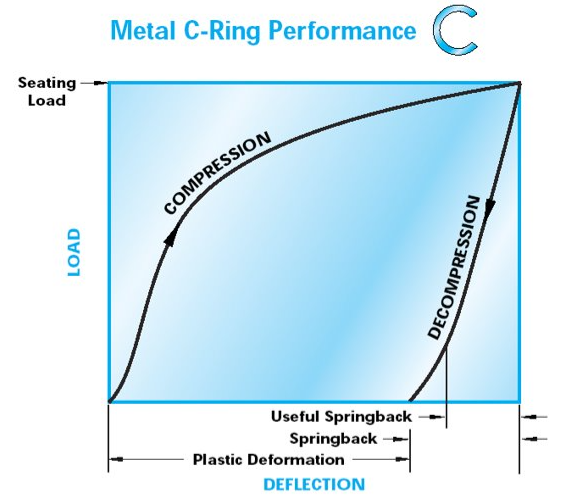
Plastic deformation of the jacket or o-ring tubing enlarges the contact area or footprint to bridge across the surface imperfections or tool marks in the mating surfaces. High integrity sealing is ensured by the ductile outer layer or coating which flows into and fills the mating surface asperities.
Elastic deformation provides elastic recovery or springback to maintain good sealing, despite separation of the mating surfaces due to effects of thermal cycling, flange rotation, applied mechanical or hydrostatic lads or creep.
Now, for the different types of profiles:
Standard Metal Seals
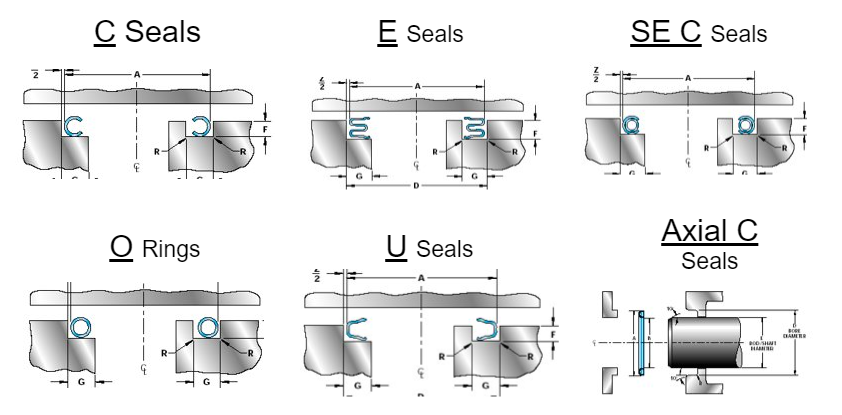
Metal C-Rings
Features and applicable use:
- Excellent static face seal
- Valve assemblies, jet engines, fuel injectors, gas turbine fuel nozzles
- Moderate load for lighter flanges and fewer bolts
- Good springbak for high temp
- Temperature from cryogenics to 1600 F
- Pressure up to 25,000 PSI
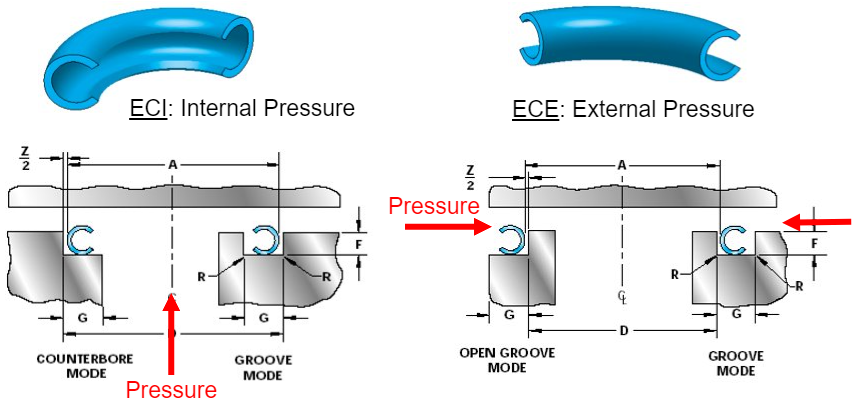
Metal E-Rings
Features and applicable use:
- High-temp pneumatic joints. Turbine engine bleed air duct joints, turbine engine cases
- Very low load flanges with considerable movement
- Multi-convolutions available for very high deflection applications
- Internally or externally pressure energized
- Temperature up to 1600 F
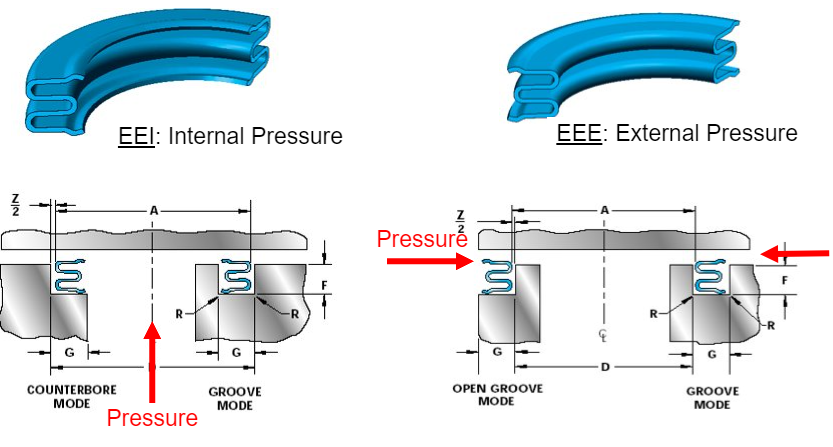
Metal O-Rings
Features and applicable use:
- Heavy joints with minimum movement
- Static, low leakage face sealing
- High temperature, low cost applications
- Nuclear storage casks
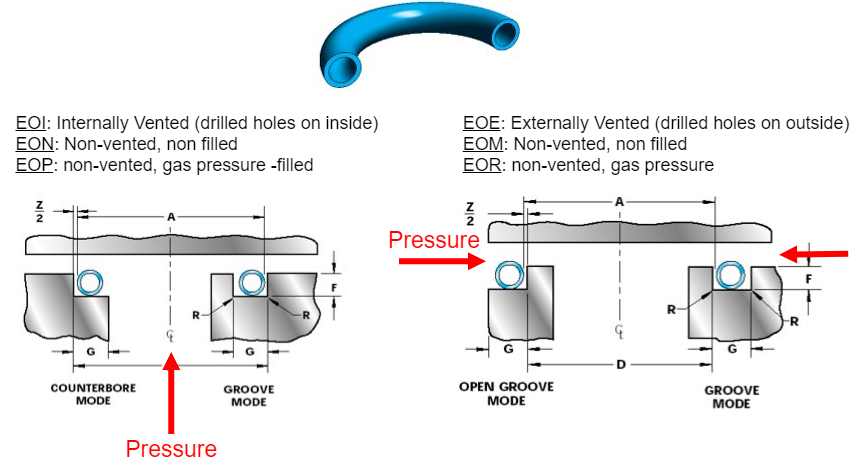
Metal U-Rings
Features and applicable use:
- High pressure/temp joints with significant movement
- Turbochargers
- Gas turbines
- Up to 12,000 PSI
- Up to 1600 F
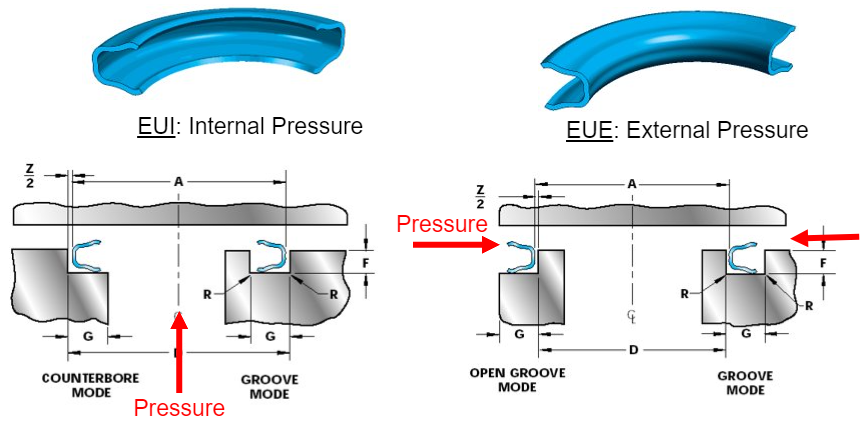
Spring Energized C-Rings
Features and applicable use:
- Lowest leak rate of all metal seals
- Corrosion and fatigue resistant
- Uses jacket/spring/hydrostatic forces to increase sealing forces
- High loads for uses with rougher mating surfaces
- Pressure vessels, manways, steam generators, exhaust joints, turbine horizontal joints
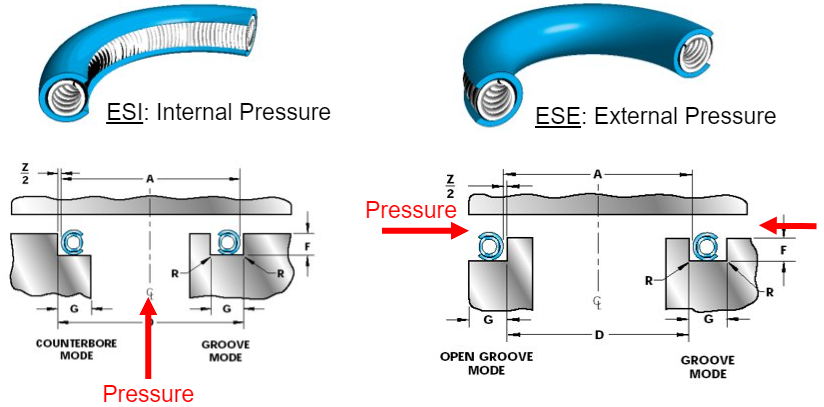
Metal Wire Rings
Features and applicable use:
- Low cost, high load crush sealing
- Contiguous sealing surface for triple surface, chamfered joints, and non-rectangular section grooves
- For rigid mating surfaces, minimum movement
- Small process valves, industrial joints
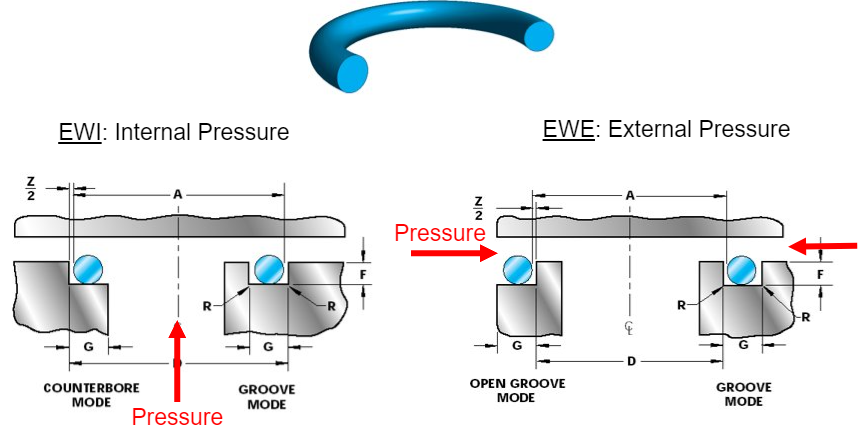
Axial C-Seal
Features and applicable use:
- Static and low cycle dynamic axial sealing
- Fire-safe 1/4 turn valve stem sealing
- Up to 30,000 operating cycles
- Plug-in connector sealing
- High-temp sealing for mechanical seal shaft
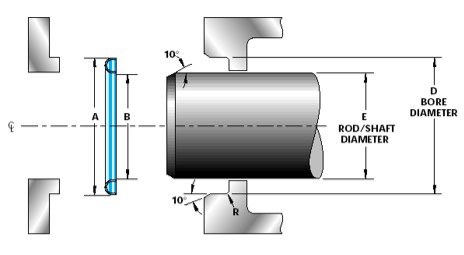
Boss Seal
Features and applicable use:
- Utilizes silver plated X-750 C ring technology
- MS-33514, MS-33656 flareless fitting ends
- MS-33649 fluid bosses
- Internally pressure energized to maintain sealing stress (no need to re-torque)
- Washer engages with fitting threads for centering seal in boss
- Temperatures to 1200 F
- System pressures to 5000 psi
We hope this broad overview of metal seals is enough to get you thinking about whether or not an alternative sealing option is right for your application. Though elastomeric seals are great for a lot of common and uncommon projects, metal seals can sometimes be a better and more logical fit.
Gallagher's highly-trained Account Managers and in-house engineering team can discuss more about which profile might be the best fit for you, AND which type of coating, plating, or finish can help maximize seal life for your project.
For more information about metal seals, contact Gallagher Fluid Seals today.
Thanks to our partners at Parker Hannafin for providing great information via their metal seal catalog.
